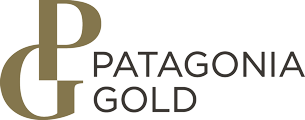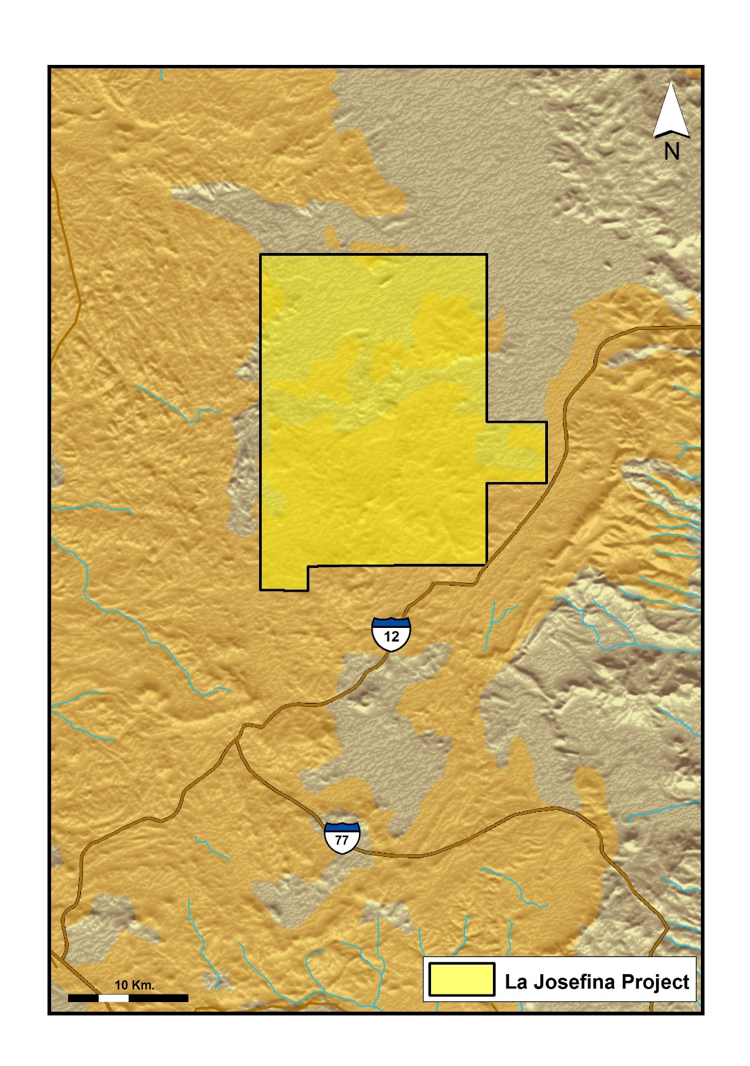Located within Patagonia’s highly prospective Deseado Massif mining district, La Josefina lies approximately 90 km north of the Company’s Martha Mill. The nearest town, Gobernador Gregores, is 120 km to the south.
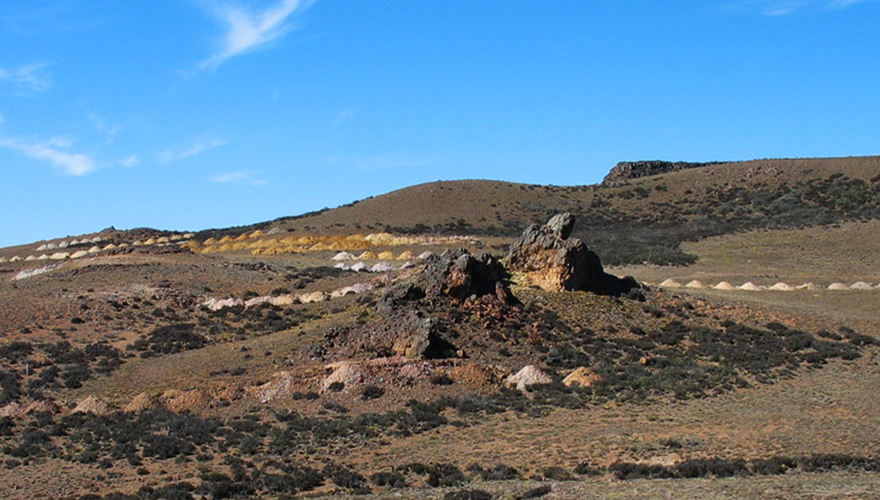
Highlights
- 528 sq. km mineral concession consisting of 15 manifestations of discovery (MD’s), which are partially covered by 399 mining claims, or pertenencias
- JV between Cerro Cazador S.A., wholly owned Argentinian subsidiary of Patagonia Gold, and Fomicruz
- More than 62,500 meters and over 540 holes have been drilled
Geology and MineraliZation
Geology of La Josefina Project, within the Deseado Massif, is characterized by abundant middle-to late-Jurassic Age volcanic and volcaniclastic rock units. The units are dominated by rhyolitic to rhyodacitic ignimbrite flows and lava domes together with subordinate agglomerates, volcanic breccias and tuffs with minor basalts, andesites and volcanic agglomerates intercalated upward with mafic tuffs, conglomerates and sediments.
Faults active during the period of intense Jurassic extension and volcanism generally trend NNW-SSE and form a series of grabens, and horst blocks.
Since Jurassic time, the rocks have been cut by normal faults of several different orientations. In general, the Jurassic rocks remain relatively undeformed and remain flat to gently dipping, except locally where close to faults, volcanic domes or similar features. Thin Quaternary Age basalt flows conceal about half of the Jurassic Age rocks on the La Josefina project.
The type of mineralization and alteration styles present across the project area are classified as low to intermediate sulfidation, epithermal in character.
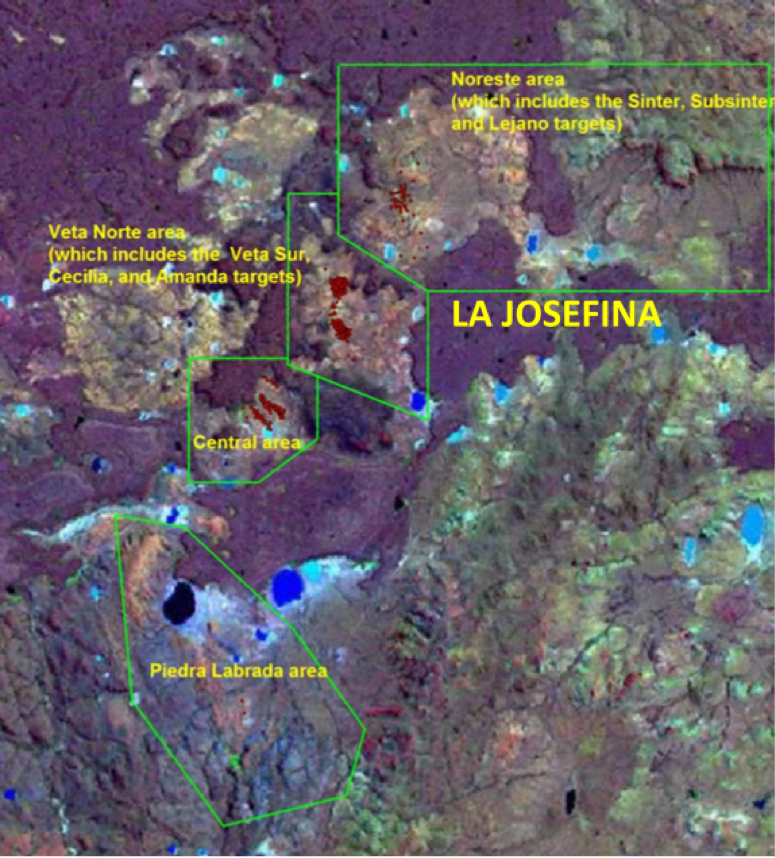
Gold and silver occur in vein systems localized in structures, often a meter or more wide and hundreds of meters long. They are comprised of quartz veins, stockworks and breccias that carry gold, silver, electrum and some sulfides, primarily pyrite with lessor amounts of base metal sulfides.
Mineralization is commonly zoned vertically over a few to several hundred meters from a gold and silver rich top to a relatively silver-rich zone with increasing base metals at depth. Vein textures include open spaces with evidence of multiple generations of quartz, reflected as finely banded “colloform” textures.
One area is noteworthy for the “sinter” type epithermal mineralization found there. Here precious metals are located both within bonanza-grade “pipe-like” feeder-breccia zones and lower grade strata-bound mineralization disbursed throughout, and directly below, the near surface sinters.
The gold, silver and base metal mineralization at La Josefina is hosted by rhyolitic volcanics of the Chon Aike Formation, which is the host for most mineral occurrences found throughout the Deseado Massif. With one possible exception the mineralization is a variation of classic, structurally-controlled low-sulfidation epithermal fissure-vein systems with minor amounts of sulfide minerals and alteration primarily silicification, (argillization and sericitization). The one exception, the Sinter target, is a siliceous exhalite, within water-lain tuff, related to fossil hot spring activity.
Nearly all of the vein systems at La Josefina are steeply-dipping (>60°) to sub-vertical. The textures and other characteristics reported for these veins are indicative of low to intermediate sulfidation, epithermal systems. This suggests gold-silver mineralization in many veins should extend below the depths tested by the drilling done to date.
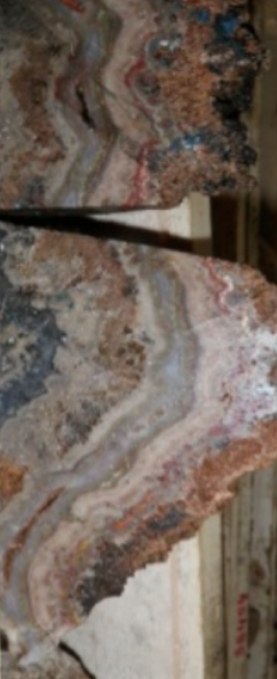 Historic Work
Historic Work
Previous exploration valued at $2.8 million was conducted over a thirteen year period by FOMICRUZ and Minamérica including 8,000 surface samples, 3,900 meters of trenching, and 4,100 meters of shallow core drilling. The historical exploration work completed by Fomicruz and Minamérica defined four general target areas in the La Josefina Project as Noreste, Veta Norte, Central, and Piedra Labrada.
Noreste, a 28-square kilometer area in the northeast part of the project, consists of three separate target areas; the most advanced being a sinter layer exposed discontinuously over an area of 2.5 kilometers x 300 meters or more.
Its maximum thickness in outcrop is about 2 meters, dips moderately to the WSW. The best exposure is Mogote Hormigas, a 600-meter long sinter-capped hill bounded on the east by a NW-SE fracture zone that displaces the sinter layer. Examples of high-grade gold over significant lengths of breccia include: 3.0 m @ 176.9 g/t Au and 7.0 m @ 114.1 g/t Au in separate trenches.
Veta Norte is a 3 square kilometers area in the northeast central part of the project between the Noreste and Central target areas. It consists of a prominent north-south fissure vein system, up to 3 meters wide and more than 1,500 meters long. The vein system is divided into 6 separate segments, all which are gold bearing. Outcrop and trench samples contain 2 to 5 g/t gold over lengths of 1 to 4 meters; and 10 of 15 drill holes intersected gold at widths and grades comparable to, or better than, the surface samples.
The Central Area is southwest of Veta Norte and is crossed by at least 8 known vein-veinlet systems exposed in a 2-square-kilometer window through the overlying veneer of Quaternary basalts. The veins are discontinuous sinusoidal bodies up to 3.5 meters wide, 220 to 600 meters long trending NW-SE, concealed in both directions beneath basalt cover. Thirty-two holes drilled to less than 40 meters tested 3 of the 8 known vein systems in the Central Area. Strong mineralization – e.g., from 0.5 to 7 meters with more than 1 g/t gold up to 164 g/t – was intersected in at least 25% of the holes.
Piedra Labrada, in the south-central part of the La Josefina Project, is a 2.5 x 5.0 kilometer area with structural “fairways” containing numerous zones of quartz veinlets and veinlet-stock-works. These zones are a few hundred meters long, up to 15 meters wide, and aligned in NW-SE to NNE-SSW directions over strike lengths of 1 to 2 kilometers. Samples are commonly anomalous in gold, with values up to 9 g/t Au reported.
The historic exploration at La Josefina has produced results, which have been very favorable and in line with results expected from the initial testing of similar high-level epithermal vein systems. In several cases, the results demonstrated good continuity of gold mineralization in three dimensions. The geology and mineralization defined by this initial work suggests the La Josefina vein systems are similar in character and size to other epithermal systems currently being exploited or developed in the region.
Exploration Potential
The known mineralized zones at La Josefina remain open for expansion – both at depth and along strike. In addition, potential to discover new mineralization, under post-mineral cover or in new geologic settings is considered good as most of the prior exploration has been conducted on or near known mineralized zones.
